We get a lot of questions about our food photography and styling on a pretty regular basis. It’s incredibly flattering, actually – because no more than a year ago our photography was nothing to be proud of! After a few months of reading and practicing, our style and quality developed to a point where we were constantly getting questions about our camera gear. To be quite honest, it felt like creating a post like this would be a bit fraudulent of us, as we were still learning the basics. Make no mistake about it, we’re still learning every day about how to take worthwhile photos, but we’ve got a solid year under our belts with our trusty DSLR that we now feel somewhat comfortable to offer up some tips on this whole business of creating food porn.
The camera is no simple tool. There are buttons, lenses, flashes, filters, and all sorts of gizmos available to consumers that can cause more confusion than good. There is a lot of ground to cover when it comes to a primer on food photography and styling, so for part 1, we’re going to focus merely on the camera and getting it to work properly.
First off, let’s talk about what’s currently in our Camera bag:
In the bag:
- Canon 5D Mark iii body
- Canon 24-70mm f2.8L lens
- Canon 50mm f2.5 compact macro lens
- Rokinon 85mm f1.4 lens
- Canon 430Ex II Speedlite
Support equipment:
- Manfrotto Tripod
- Manfrotto Jr. Geared Head
- Glidecam HD2000
- Rode shotgun mic
Camera
The camera is possibly the single most important component of the photography equation. All of the accessories relate to the camera the way ‘parts’ relate to cars. They all work in unison to help you get where you’re going – and some parts work better than others.
Selecting a camera can be tricky, but if you ask yourself some questions before buying, it becomes an easier task. Most of you reading this have some sort of phone that has a camera. This is totally suitable for snapping a quick ‘twitpic‘, but unless you’re sporting some serious styling talent, you probably wont achieve the quality you’re going for with just an iphone. Operating under the assumption our core audience here is food bloggers and budding food photographers, we’re assuming you want to have a camera that will produce high quality images for your website. We haven’t taken a close look at the point-and-shoot crop of cameras lately, but even if you get a great one, it’s possible you’ll outgrow it within a matter of months. And then what? … off to Craigslist it goes.
So, if you’re still in agreement with us, this brings us to you and your DSLR (Digital Single Lens Reflex). A DSLR camera, in plain english, is a high end camera that has the option of interchangeable lenses. There are two fiercely divided camps (ok, not that fiercely divided) of manufacturers … Canon and Nikon (among others). Both camera companies offer nice cameras with HUGE support in features, lenses, add-on’s and the like. However, when push comes to shove, we prefer Canon cameras and equipment. Here’s why:
We used a Canon T1i for the first two years of blogging, which we bought in October, 2011. This camera ‘body’ is considered to be an entry level model, and was about $500 on Amazon without a lens. (If this makes you cringe, then you might want to sit down when we get to lenses and other gear.) There are newer models of this body – they are now on the T4i.
The T1i body was a great choice for us, because it had a few key features that we were really looking for: high megapixel (image quality) and the ability to shoot HD video in 1080 definition. There are now entry models that shoot even higher image quality, such as the T3i. The The Paleo Parents are shooting this camera with great results!
Higher end models, such as the EOS 7D and 5D, have amazing features (like shooting many images per second, up to 100 photos in a single burst, very high megapixel ratings of 20+mp, and ISO sensitivity which can allow you to take photos in near-dark conditions).
Lens
Next to the camera body, lens selection is critical with respect to food photography. Unlike the camera body, which has little bearing on what you’re shooting, the lens will have a nearly direct impact on your subject. Most cameras come with a simple zoom lens (ours was 18mm – 55mm) that has a decent lens. This “kit” lens often has an aperture of +/- 4.0. Aperture is important when it comes to shooting food, because it will dictate how much bokeh (sexy background blur) your photo has. For instance, an aperture of 10 will have very little background blur. An aperture of 1.8 will have a LOT of background blur and a short DOF (depth of field). The depth of field is the area that is in focus, with respect to it’s distance from the camera. Focusing in or out will change the area that is in focus in the frame… it can bring it closer to you or make it further away. You need to choose your aperture wisely, because a shorter DOF is not always good for food photography. This old post of ours is an example of short DOF gone horribly bad. Notice how not enough of the food is in focus in any of these pictures, particularly the last one which was fairly critical in my opinion, and a disappointment.
I read Helene Dujardin‘s book “From Plate to Pixel” recently, and a lot of her (fabulous) photos are shot with a +/- 3.2 aperture. By the way, her blog is a fantastic source of inspiration to me, and a must-visit site. A lot of cameras can operate in this “f-stop” range, so don’t go running out to buy a big-buck lens before playing with your own first.
However, maybe you’re a long time shooter and you’d like to step up your game and get a great lens that is specifically geared towards food photography. Let’s take a look at a few options:
- Canon EF 50mm f/1.8
Read correctly, this is a 50mm fixed focal length lens with a 1.8 aperture. Fixed focal length (also called a Prime lens) means that if you want to change the size of the food you’re shooting, it means you need to move relative to the food. If the food needs to be smaller to fit in the frame, you must move the camera further away from the food. This can be a bit of a pain in the butt in a small kitchen. However, there are some very redeeming qualities to a lens like this that would make it attractive for shooting food. To start, the lens is really ‘quick’ in its interpretation of the subject matter. If, for instance, you’re pouring something out and want to catch the liquid in all its glory, you’ll want the lens to figure out what is most important VERY QUICKLY. Often, we rookie food photographers (and home cooks) only have one shot to get the photo right. So, a quick lens is a must. It is also sharp, and responds very well to light. To top it all off, you can get this lens (often called a “nifty fifty” for about $100). A light, versatile lens that takes good photos and doesn’t cost a bundle. Needless to say, we have one and love it.
- Canon EF 50mm f/2.5 compact macro
This is the most-used lens in our camera bag. We shoot 90% of our food photos with this lens. In short: it is our secret weapon (or at least, used to be until about 5 seconds ago). While this lens has a larger f-stop of 2.5, it is vastly ‘smarter’ when it comes to shooting objects up close. We absolutely love this lens. Also, because it is a compact macro lens, it means that you can get very close to your subject to shoot it. Sometimes we’re mere inches away to capture the tiniest details. I have a serious love affair with this lens, and would recommend it to anyone. It comes with a higher price tag of about $280, but is well worth it if you’re upping your game in the food blogging world. The beautiful minutiae of food is SO worth it.[I love this photo of a stuffed medjool date, dusted with pecan meal. This whole blog post, actually, has some really nice macro shots of the food that nicely showcase the capabilities of this lens.]
- Canon EF 24-70mm f2.8L
This lens is what many pro photographers consider the ‘workhorse’ of the Canon line. It is one hell of a good lens. The “L” designation on the lens literally stands for “luxury” as the L series lenses are the absolute top of the line that Canon offers. This glass is crystal clear and sharp from corner to corner. If you see all the photographers on the sideline of an NFL game, you’ll see many are using Canon L series telephoto lenses. While we do not own this lens, this is one that Helene uses for her food photography. If that isn’t a worthy endorsement, I don’t know what is. She is one of the very best food bloggers on the net (and in print, if you ask me). I’m hoping we have a 24-70mm lens in our future. Hey, Santa…?There are many other great lenses out there. Be sure you fully understand what you’re getting into before you click ‘buy’. For instance, do NOT buy a Nikkor lens for a Canon camera. Nikon and Canon cameras do not have interchangeable lenses. Check out craigslist for photographers jumping ship from one brand to the other. You can often get great deals on well-cared-for lenses. We also have a 70-250mm lens in our pile of equipment, but it is very rarely used for food photography.
Flash
So, you have a camera and a great lens. Your dish is due to come out of the oven at 7:00 pm. Thats great, except you’ve run out of daylight for shooting the photo. Daylight is indeed the absolute best (in my opinion) lighting for shooting food photos. In fact, I’m going to dedicate a future installment of Food Photography Basics and Tips to the art of working with natural light. But say you live somewhere like… Pittsburgh…. and natural light isn’t always abundant or even available at certain times of the year. Yep, I’m looking at you November, December, and January: I hate you. The sun goes down around 5:00pm here. If you’re looking to take good photos of your dinner creations, you better plan to have them ready to shoot by 4:30 at the latest. Not ideal. Therefore, a flash is a good alternative for many folks that have time constraints with their cooking.
We use, and love this flash because it offers great control and intelligence. You can adjust the brightness of the flash up or down. A situation that may call for adjusting the flash down would be to decrease the shadowing in a photo (also known as ‘filling’ the photo). This flash has a swivel head, so you point the flash away from the source of light – out into the room – which allows the light to bounce off of the walls and create a soft fill of light. Here is an example of that in practice:

Other situations may call for filling the photo with more light than would be natural. This isn’t often the case with food photography, but we utilized this technique when shooting products for a spread in our book. In this case, we positioned the products under a skylight, on a few pieces of foam core board. The shot itself had great light, but we wanted to ‘blow it out’ to give it an artistic look. This also helped in that our editing time was significantly decreased because there were fewer seams to photoshop out. Here is the result:

Sometimes we will also cap the flash with a Sto-Fen diffuser for even softer light. For about 10 bucks, its a nice little addition to have in your bag of tricks.
Tripod
A tripod is not always necessary, but we have a travel tripod that is a constant companion in our bag for those times when we could use a steady shot. We will use the tripod if we are shooting in low light with slow shutter speeds (anything under 1/30 sec, for me personally, has the potential to be blurry from an unsteady hand). Sometimes I will overcome this by setting the camera to shutter priority (“Tv” on the camera dial), and will make the other settings such as aperture and ISO to adjust based on the shutter speed. We also use the tripod to shoot a lot of our videos. Having a steady camera for videography is a must.
UV Filter
All of our lenses are protected by a small, clear UV filter at the end. This keeps dust and grit away from the expensive glass lens. For about $15-20 a pop, a clear UV filter is a good investment to protect your glass. When buying, be aware of the size of your lens – they can be different sizes.
Camera Bag
Oh yeah, you’ll need something to keep it all in. We have a nice Lowepro shoulder bag, which fits the camera, tripod, and 3 lenses comfortably (not to mention a sto-fen diffuser, an extra battery for the camera, and the wall charger). It is a great investment because everything we need is in one safe, easy to transport case. We love it.
Memory Card
We use a 32GB memory card in our camera. I originally got this because I wanted to capture a long weekend of driving mountain roads in the Smoky Mountains with my dad on our GoPro HD video camera. In our T1i, it will record 15 minutes before passing out, filled to the brim with 30+ gigabytes of video. Thats a heck of a lot of data!
——————————————–
So, did you get all of that? If you’re still confused about any of this – check out some of the links below. We’ve done a lot of reading, and there are plenty of smart people out there that know WAY MORE about cameras and photography than we do. These are just the bare-minimum basics for food blogging.
Additional Resources:
Helene Dujardin (Start here – incredible write up) “Tips on Food Photography”
Smitten Kitchen “Our Approach to Food Photos”
101 Cookbooks “Food Photography Tips”
Matt Amandariz (one of my favorite food photographers) “Notes About Photography”
——————————————–

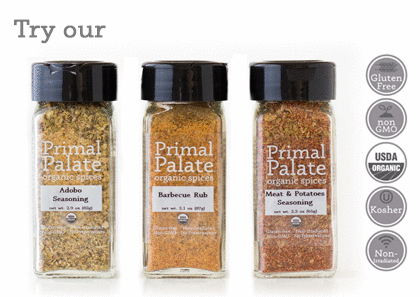
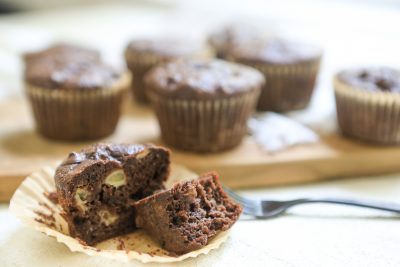
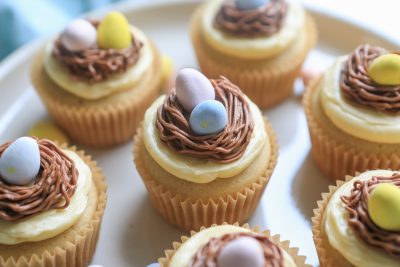
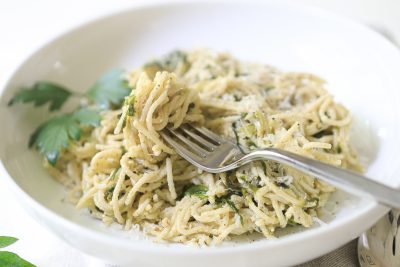
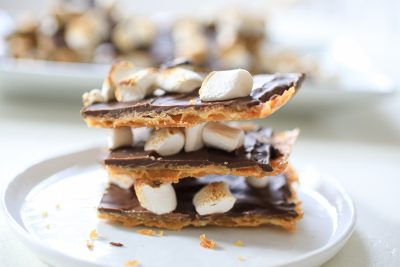
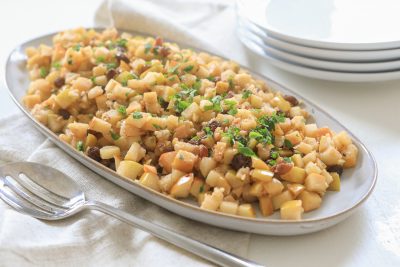
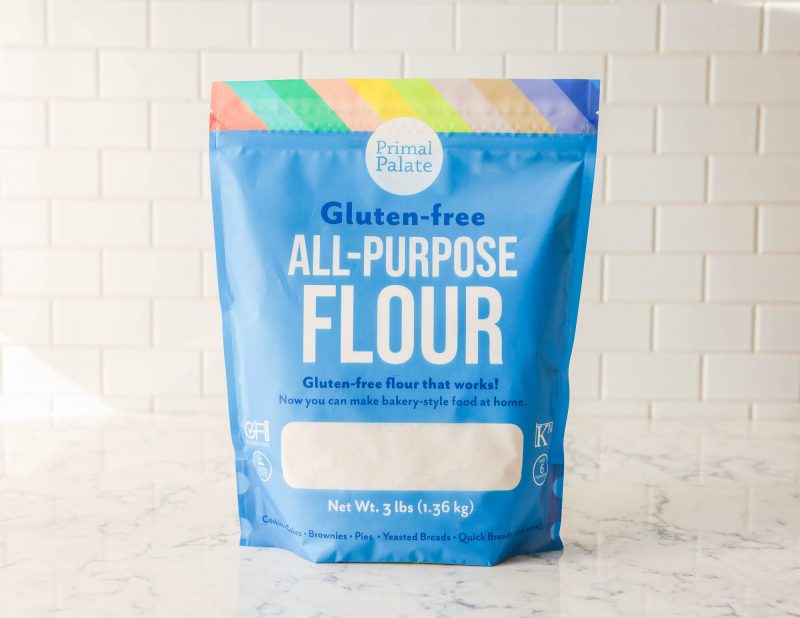
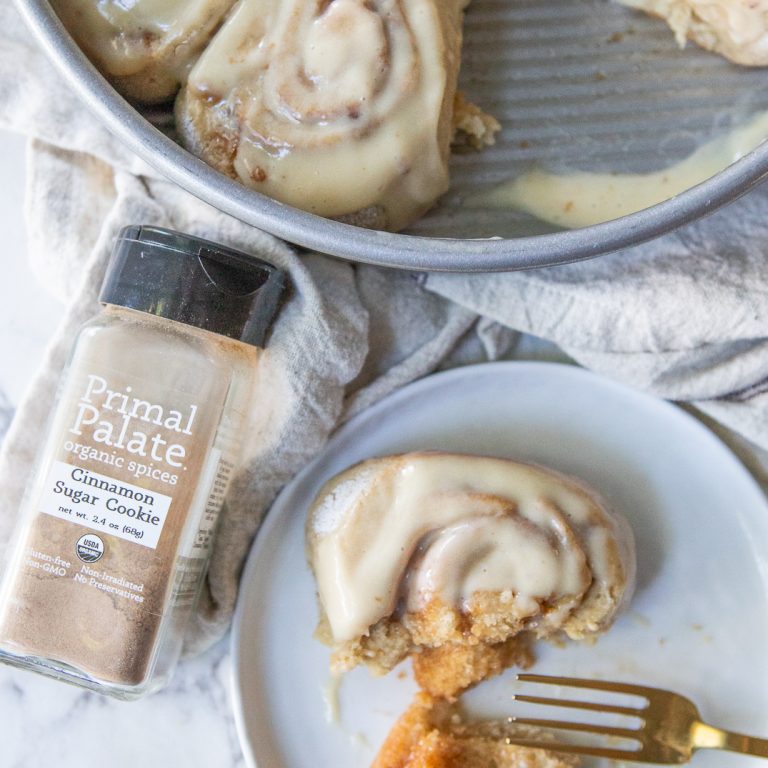
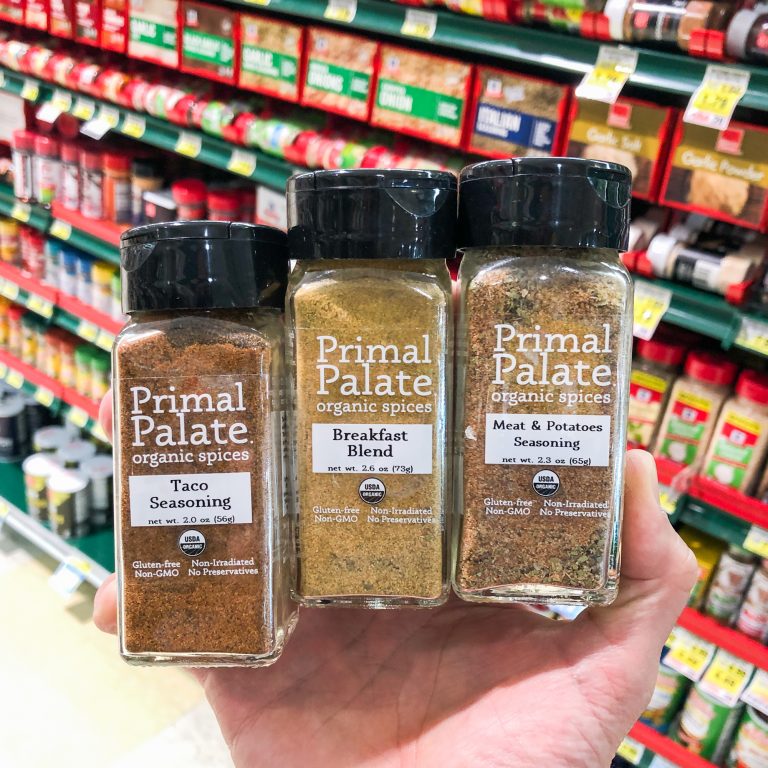
I also use a T1i, but with the nifty fifty – although I've been drooling over the 50mm macro lens for a while now 🙂 Thanks for sharing!
This is a great post! Do you have any thoughts on the canon 24-70mm F4L? It’s actually on sale now for half off. I see you recommend the 2.8 but it’s quite a lot more $
When I started my food blog I was using my iPhone mostly and then started taking some with the 50mm 1.4 (which I was borrowing and need to return now) I LOVE the 50mm 1.4 but find it doesn’t quite get the close ups I’m looking for though. Is that why you recommend the 50mm f2.5 I also don’t want to loose the sharpness and blurred backgrounds that the prime offers if I go with the canon 24-70mm…ah decisions 🙂
I apologize for the long winded questions…Thanks so much for your help in advance!
Your pictures are truly beautiful by the way! Love your work.
Hey Hollie!
I don’t have any experience with the f/4.0 24-70, but the bigger apertures (smaller f/ numbers) yield that sharp focus with glossy bokeh that most photographers look for. The 50mm f/2.5 will allow you to get within 8″ of your food, and the 24-70mm f/2.8 lets you also get within about a foot. Those are both good lenses for a macro-style shooter. We also like our new 85mm f/1.8 but you have to be about 3′ away from the food, so many shots require some cropping. I just spoke with a fellow blogger last night who got the Tamron 24-70mm f/2.8 lens and he really likes it (at about half the price of the Canon lens).
Hope this all helps! – Bill